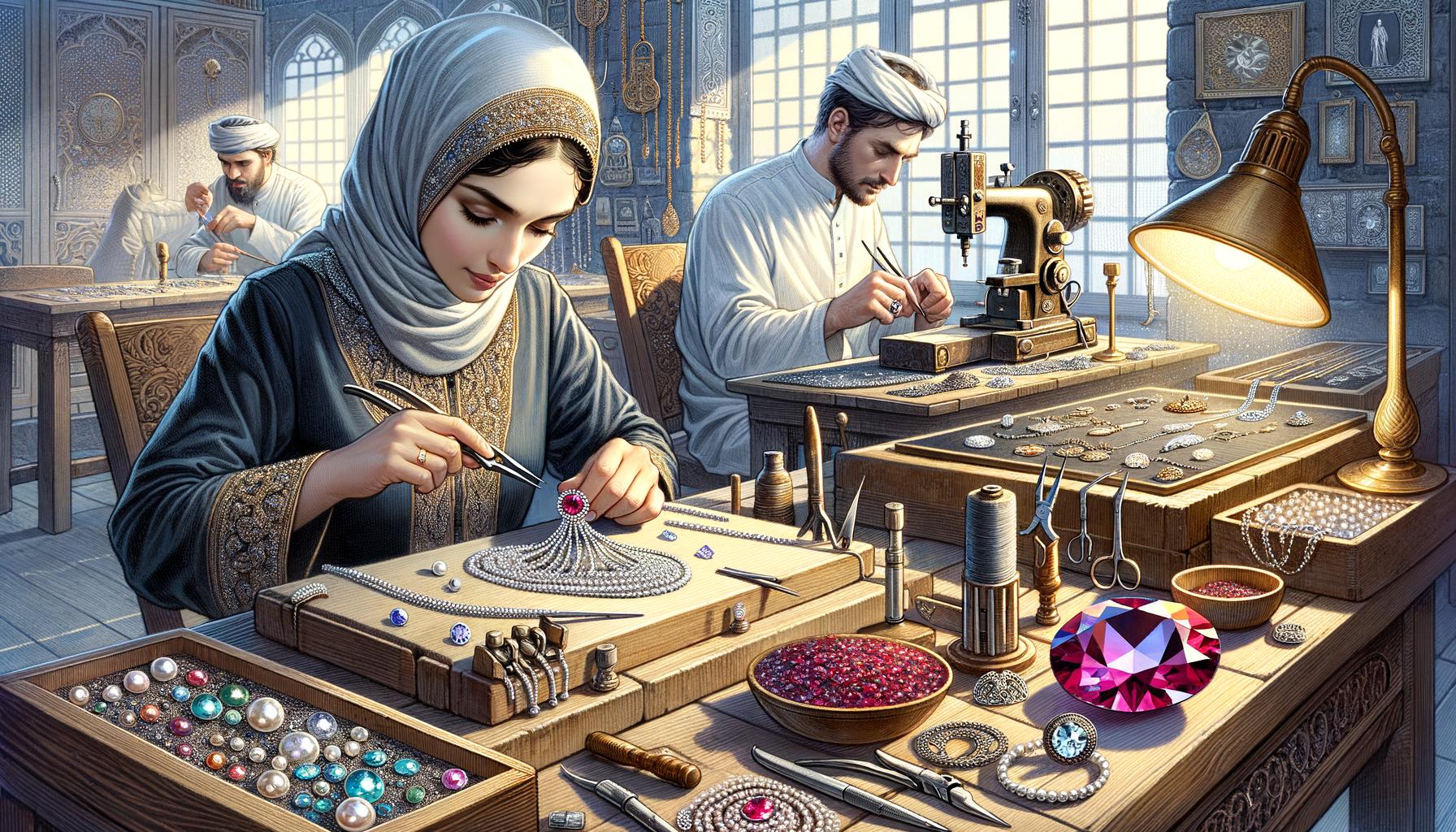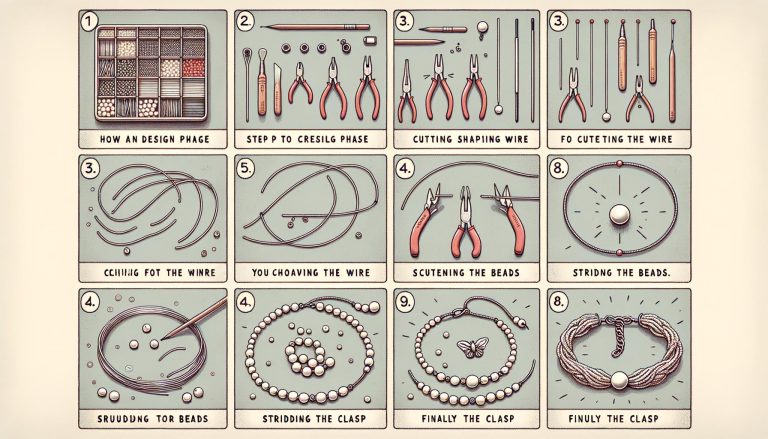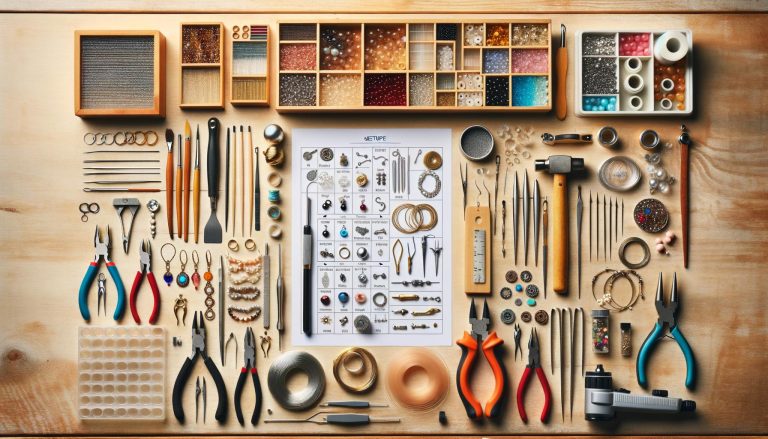Step-by-Step Guide to Creating Your First Piece of Jewelry
Creating your own jewelry can be a deeply rewarding and creative endeavor. For many, the allure of crafting bespoke pieces comes from the ability to express personal style while also mastering a new skill. Whether you’re captivated by the idea …



